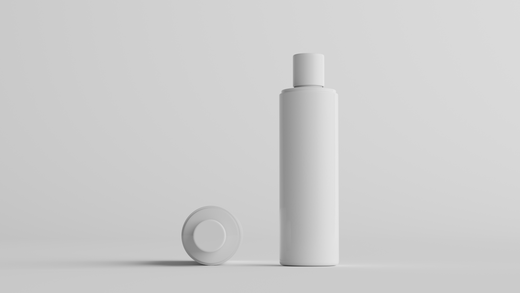When choosing the right material for packaging, understanding the differences between PET (Polyethylene Terephthalate) and HDPE (High-Density Polyethylene) is crucial. Both are popular plastic options, but they have distinct properties that make them suitable for different applications. PET is known for its clarity, making it ideal for products where visibility is key, like bottled beverages and cosmetics. On the other hand, HDPE is more durable and resistant to impact, making it a top choice for heavier or bulkier items, such as cleaning supplies and detergents. By understanding these differences, businesses can make informed decisions about which material will best suit their product needs. PET (Polyethylene Terephthalate) and HDPE (High-Density Polyethylene) are two of the most commonly used plastics in packaging, with each offering distinct benefits and uses. Here’s a breakdown of their properties and applications.
PET Plastic
PET is globally recognised as a safe, lightweight, and recyclable material. Its clear and glass-like appearance makes it popular for food and beverage packaging, allowing for full product visibility. PET is highly durable and shatterproof, which enhances product safety during transport. It also acts as an effective barrier against moisture, gas, oil, and chemicals, helping to prevent product contamination. However, PET has a lower temperature resistance (up to 55°C), though it can withstand cold temperatures down to -40°C. It is often used in products like water bottles, soft drink bottles, food containers, and can be colour-matched for a range of aesthetics.
HDPE Plastic
HDPE is known for its high-impact resistance, durability, and flexibility. This plastic can endure both extreme cold (-78.9°C) and moderate heat (up to 75°C), making it suitable for industrial applications. HDPE is opaque to translucent, with a natural milky appearance, and offers exceptional strength and rigidity. Its resistance to mold, mildew, and most chemicals makes HDPE a preferred choice for items like milk jugs, chemical drums, and underground piping for water systems. HDPE’s recyclability further supports its cost-effectiveness and environmental benefits, as it can be reprocessed into items such as garden furniture, bins, and pipes.
Key Differences Between PET and HDPE
-
Opacity: PET is typically transparent, allowing full visibility of contents. HDPE, on the other hand, is translucent—while not fully see-through, it can show the product's fill level up close.
-
Barrier Properties: PET provides strong barriers against moisture, gases, and oils, making it ideal for food and beverage packaging. HDPE is similarly resilient but is often used for items needing added durability against impacts and resistance to chemicals, like cleaning supplies and industrial products.
-
Temperature Resistance: HDPE can withstand higher temperatures than PET, though PET is favoured for cold storage.
-
Recyclability: Both PET and HDPE are highly recyclable. PET is often recycled into fabrics and new food containers, while HDPE can be repurposed for outdoor furniture and pipes. PET is coded with a recycling symbol "1," and HDPE with "2."
Examples of Uses
- PET: Water bottles, soda bottles, food containers, clothing fibers, automotive parts, insulation materials.
- HDPE: Milk bottles, chemical containers, household items, toys, cereal box liners, piping.
In summary, PET’s clarity and lightweight qualities make it ideal for consumer goods, while HDPE’s strength and durability are suited for industrial applications. Both materials are highly recyclable, supporting sustainable practices across a range of industries.



